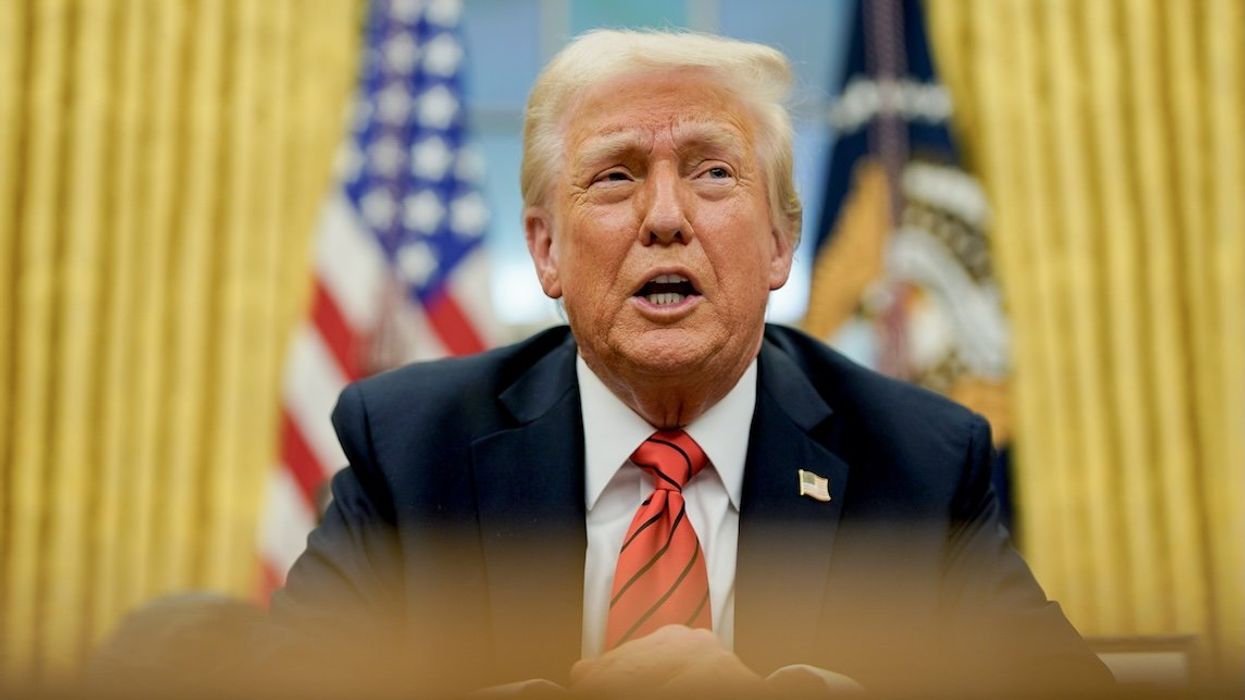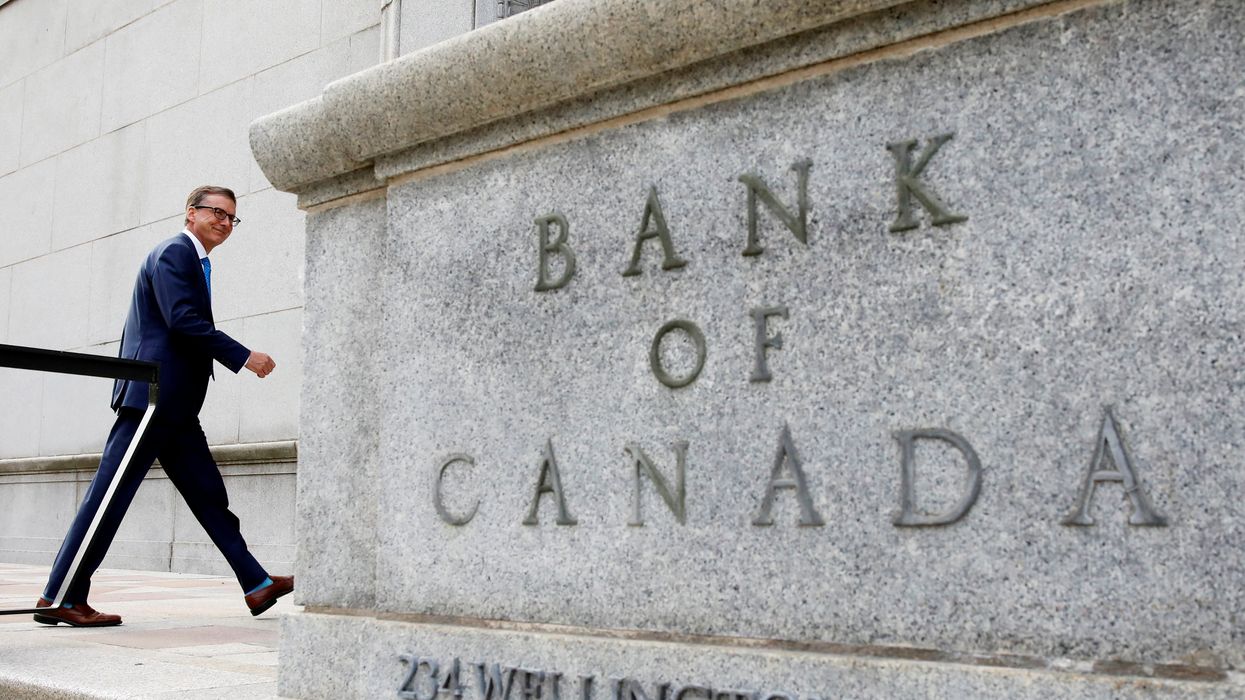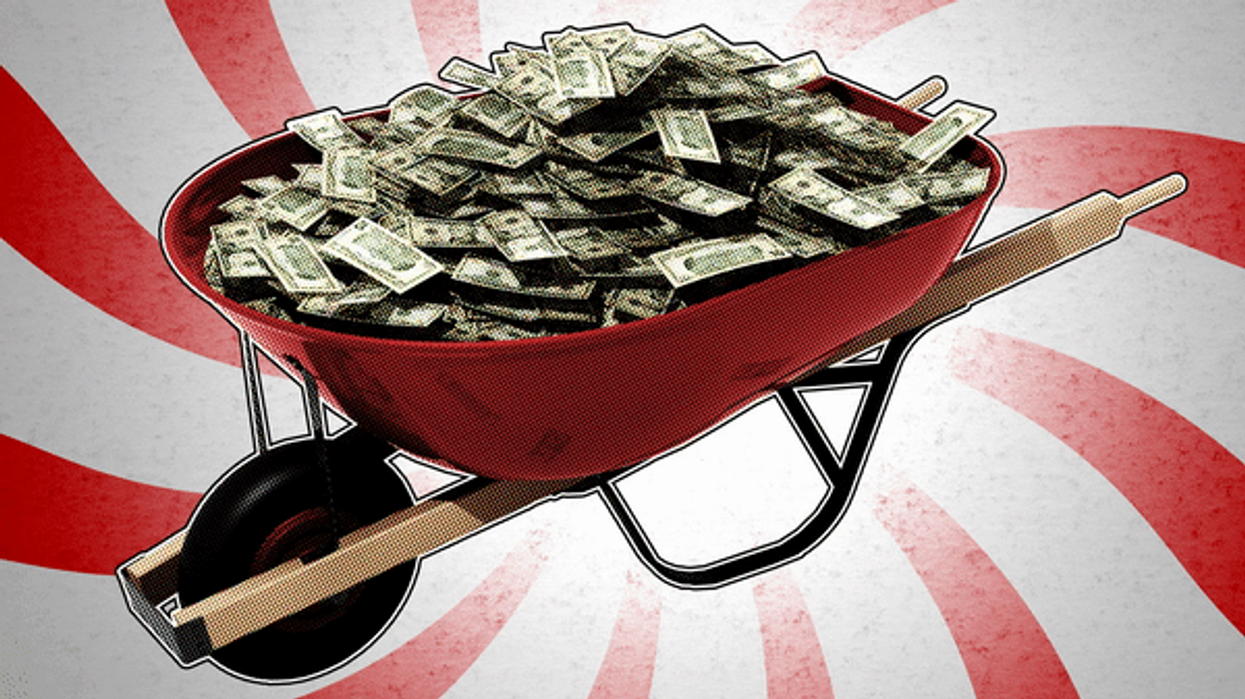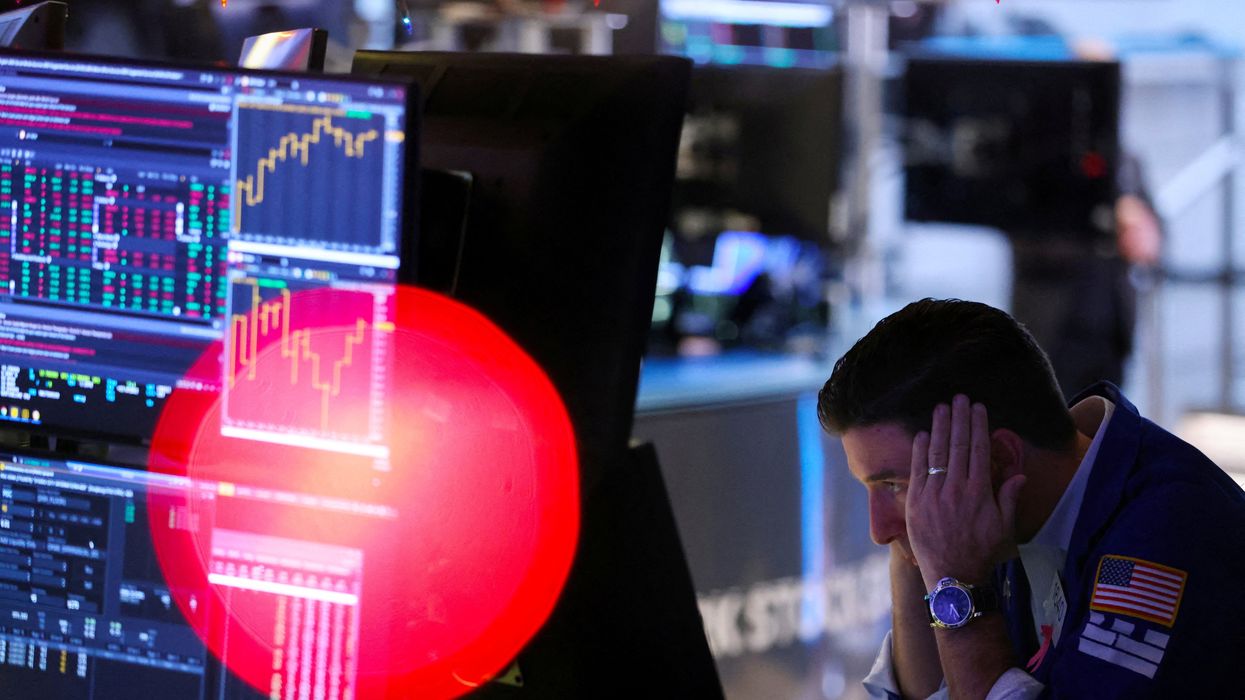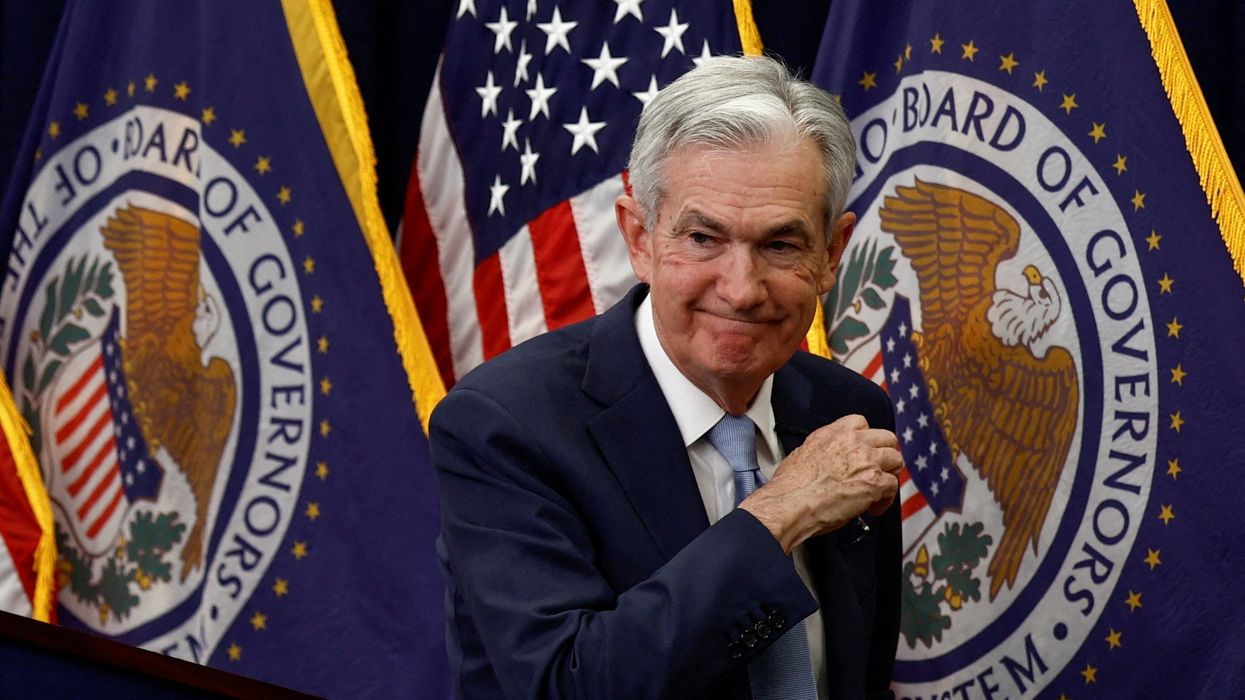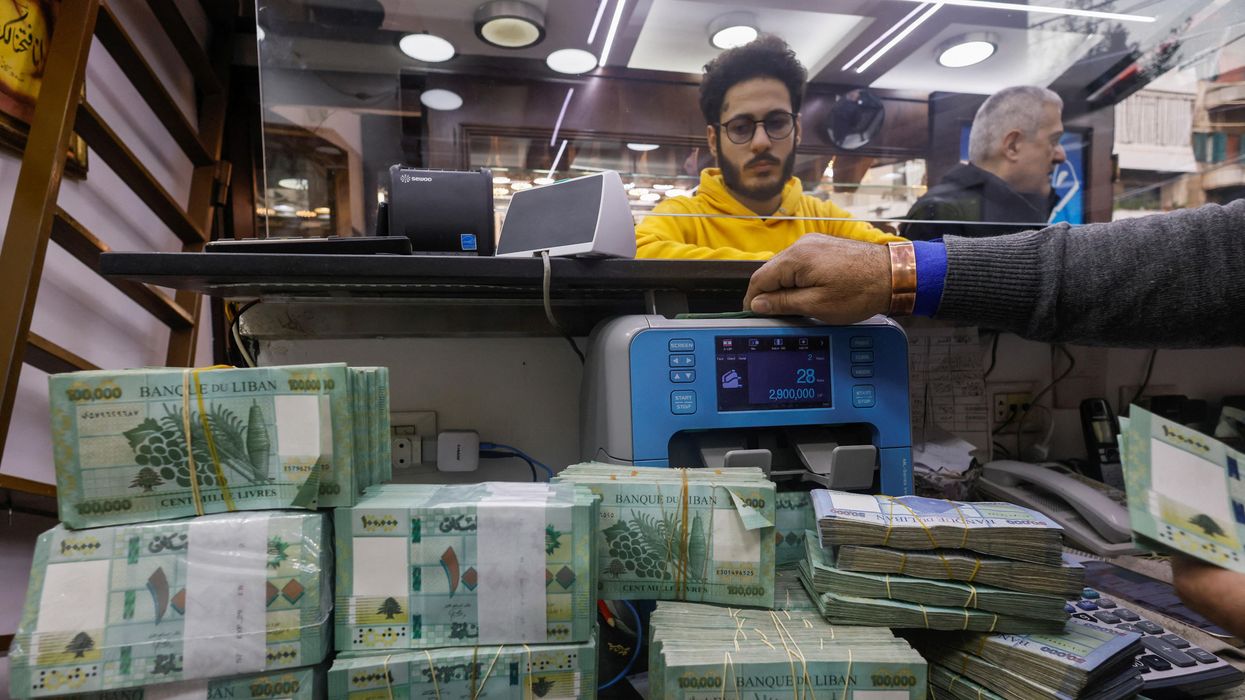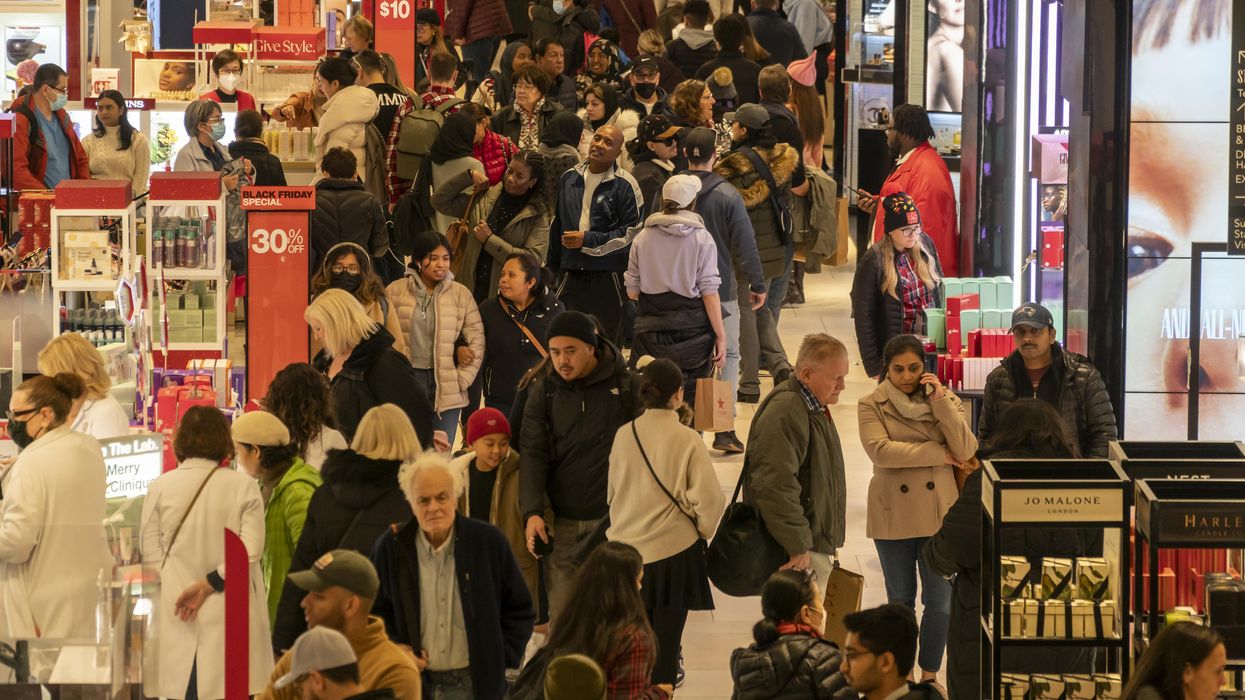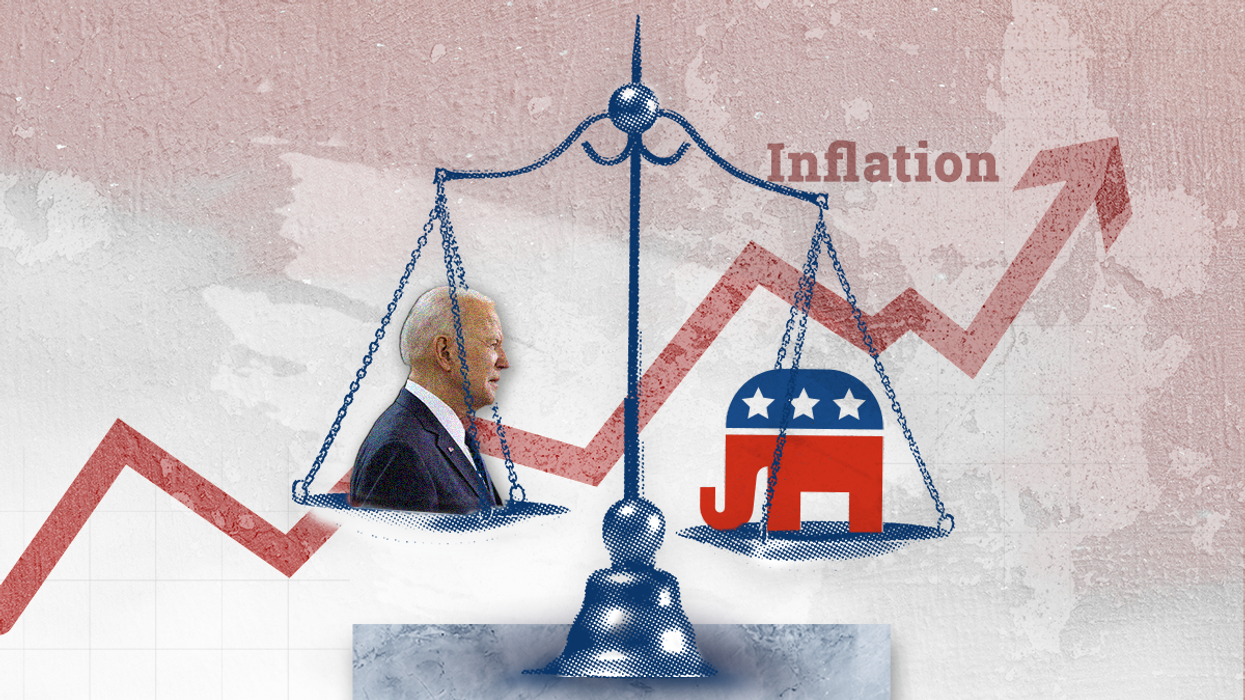What We're Watching
A Trump economy caution light begins to flash
US inflation rose to 3% in January, surpassing the expectations of many economists. This increase is driven at least in part by a sharp jump in egg prices, the result of an avian flu outbreak. But there may be other pressures at play that can create serious political challenges for President Donald Trump and two of his policy priorities.
Feb 12, 2025
